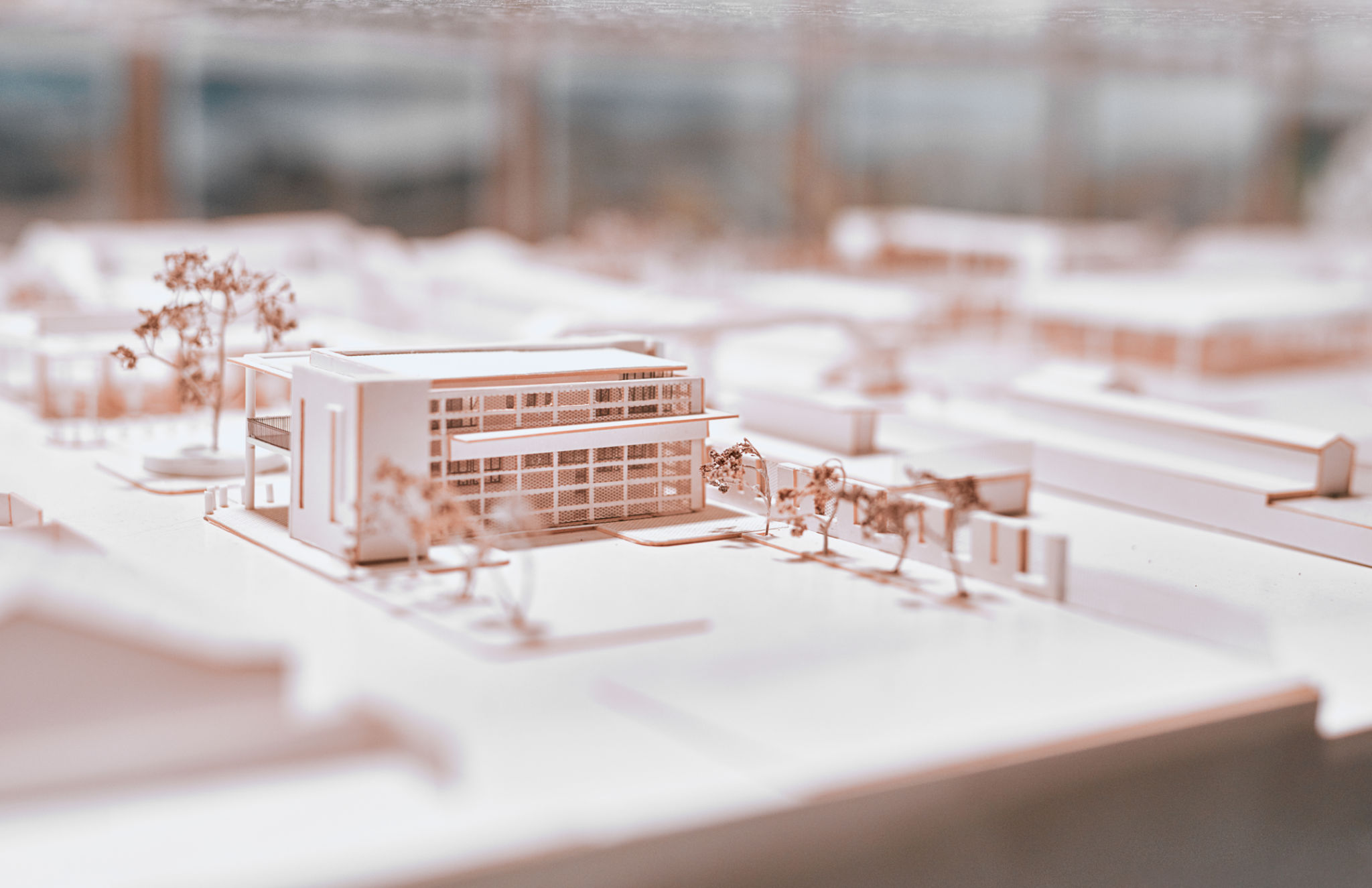FAQ: Understanding BIM and Its Impact on Modern Architecture
What is BIM?
Building Information Modeling, or BIM, is an innovative approach to the design, construction, and management of buildings. Utilizing digital models, BIM encompasses the entire lifecycle of a building, from initial concept through to demolition. This technology allows architects, engineers, and constructors to collaborate more efficiently by providing a shared knowledge resource. The result is improved decision-making and more accurate project outcomes.

Key Benefits of BIM in Architecture
One of the most significant advantages of BIM is its ability to enhance collaboration. With BIM, stakeholders can work from a single source of truth, ensuring that everyone is on the same page. This reduces errors and miscommunications that can lead to costly revisions. Additionally, BIM offers the ability to simulate and visualize projects in 3D, allowing for better understanding and communication of design intent.
BIM also facilitates time and cost savings. By predicting potential issues and conflicts early in the design process, adjustments can be made before construction begins. This proactive approach reduces delays and minimizes budget overruns. Furthermore, accurate data from BIM models can be used for material ordering and scheduling, optimizing resource use.
The Impact of BIM on Sustainability
Sustainability is a growing concern in modern architecture, and BIM plays a crucial role in addressing this issue. By integrating energy analysis tools within the BIM process, architects can evaluate the environmental impact of design choices. This allows for the optimization of building performance and energy efficiency, contributing to the creation of greener buildings.

BIM also supports sustainable practices by promoting the use of prefabrication and modular construction methods. These methods can significantly reduce waste and improve efficiency during the construction phase. Additionally, the data-rich environment of BIM enables the tracking of materials and their life cycle, further supporting sustainability goals.
Challenges in Implementing BIM
Despite its many benefits, implementing BIM is not without challenges. One major hurdle is the initial cost of software and the need for training. Adopting BIM requires a shift in mindset and workflow, which can be daunting for organizations accustomed to traditional methods. However, the long-term benefits often outweigh these initial investments.

Data management is another challenge associated with BIM. The complexity and volume of information generated by BIM models demand robust data management strategies to ensure accuracy and usability. Organizations must invest in systems that can handle this data efficiently to reap the full benefits of BIM.
The Future of BIM in Architecture
The future of BIM looks promising as it continues to evolve alongside technological advancements. Emerging technologies such as artificial intelligence (AI) and machine learning are being integrated with BIM to enhance predictive capabilities and further streamline processes. This evolution will likely lead to even more sophisticated modeling techniques and improved project outcomes.
Moreover, as the construction industry moves towards greater digitization, BIM will play a pivotal role in shaping smart cities and infrastructure. By providing comprehensive data insights, BIM will help architects and planners create more efficient, sustainable urban environments. The continued adoption of BIM will undoubtedly transform architecture and construction practices for years to come.
© 2025 GVS BIM LEARNING – All Rights Reserved.